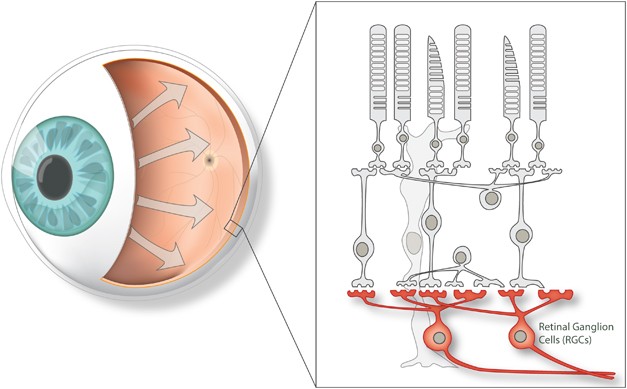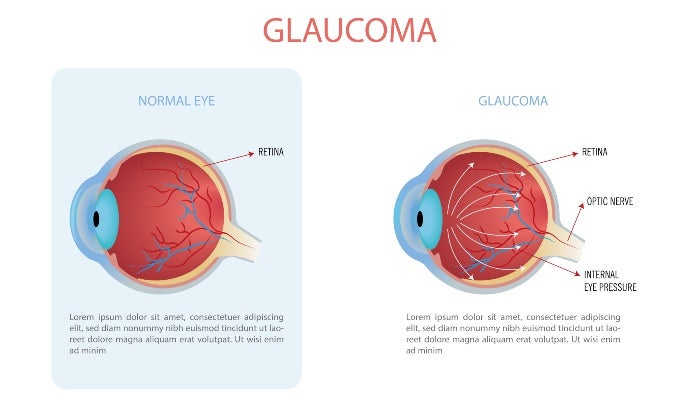Neighborhood Glaucoma Service Near Me: Very Early Discovery and Therapy Choices
Neighborhood Glaucoma Service Near Me: Very Early Discovery and Therapy Choices
Blog Article
Recognizing the Various Vision Correction Procedures Available for Clearer Sight
In the realm of vision correction procedures, a plethora of options exist to address refractive errors and supply individuals with more clear sight. From the commonly acknowledged LASIK surgical treatment to much less intrusive procedures like PRK and implantable lenses, the field of ophthalmology offers a variety of methods tailored to suit different needs and choices. Each procedure features its own collection of considerations, benefits, and prospective dangers. Comprehending the nuances of these vision modification methods is essential for making notified decisions concerning one's aesthetic health. Let's explore the details of these procedures and dropped light on the path to achieving boosted vision clearness.
LASIK Surgery
LASIK surgical procedure is a typical refractive treatment used to deal with vision issues such as nearsightedness, farsightedness, and astigmatism - eyecare near me. This medical method, which means Laser-Assisted in Situ Keratomileusis, aims to reshape the cornea to boost exactly how light is concentrated on the retina, eventually improving vision clearness. During the treatment, a thin flap is developed on the cornea, and a laser is used to eliminate accurate quantities of tissue to improve it appropriately. This improving enables for light to be properly concentrated onto the retina, correcting refractive errors.
Among the primary benefits of LASIK surgical procedure is the quick enhancement in vision experienced by people. Lots of individuals see a considerable improvement in their sight promptly after the treatment. Additionally, most clients report marginal pain and pain during the surgical treatment and recuperation duration. The healing time for LASIK is relatively quick, with lots of people going back to their daily activities within a day or 2 post-operation. On the whole, LASIK surgical procedure is a preferred choice for individuals looking for a long-lasting remedy for their vision troubles.
PRK Procedure
While also a common refractive treatment, the PRK (Photorefractive Keratectomy) method varies from LASIK surgical procedure in its approach to dealing with vision issues. In PRK, rather than producing a flap on the cornea, the outer layer of the cornea, called the epithelium, is totally removed. This enables the laser to reshape the cornea to remedy refractive errors such as farsightedness, nearsightedness, and astigmatism straight externally.

In spite of the longer healing time, PRK can yield superb outcomes in vision enhancement, making it a valuable choice for those who might not appropriate prospects for LASIK surgery.
Implantable Lenses
In comparison to PRK where the cornea is reshaped straight, implantable lenses supply another method for dealing with vision by putting artificial lenses inside the eye. This procedure is particularly helpful for individuals with high degrees of farsightedness, nearsightedness, or astigmatism who may not appropriate prospects for laser surgical treatments like LASIK or PRK.
Implantable lenses, also known as phakic intraocular lenses, work by supplementing the eye's all-natural lens with a man-made one. refractive surgeries in al. These lenses can be placed in front of the natural lens (anterior chamber) or behind the iris and before the all-natural lens (posterior chamber) By adjusting the power and positioning of these lenses, ophthalmologists can effectively correct refractive mistakes and boost aesthetic acuity
One advantage of implantable lenses is that they are exchangeable and detachable, providing versatility for future modifications. As with any type of medical treatment, there are threats involved, such as infection or cataract development. Clients taking into Resources consideration implantable lenses need to talk to an eye care professional to establish the most appropriate option based on their specific needs and eye health and wellness.
Corneal Rings
Corneal rings, likewise called intracorneal ring sections, are tiny, clear devices inserted right into the cornea to fix vision distortions such as keratoconus. Keratoconus is a problem where the cornea thins and bulges outward, triggering vision to become altered. The insertion of corneal rings assists to squash the cornea, improving visual skill and decreasing the irregular astigmatism brought on go to this site by keratoconus.
The treatment for inserting corneal rings is minimally intrusive and fairly quick, often done as an outpatient procedure. Throughout the surgical treatment, the ophthalmologist makes a little laceration in the cornea and inserts the rings at a details depth. When in position, the rings aid to reshape the cornea, supplying a smoother surface area for light to go into the eye, which can cause more clear vision.
Corneal rings are thought about a relatively easy to fix procedure, as they can be removed or changed if essential. refractive surgeries in al. While they may not completely get rid of the demand for glasses or get in touch with lenses, corneal rings can considerably enhance vision top quality and total visual convenience for people with keratoconus or various other corneal irregularities
Refractive Lens Exchange
Following the correction of corneal irregularities with procedures like corneal rings, an additional vision improvement strategy that can resolve refractive mistakes is Refractive Lens Exchange (RLE) RLE is an operation that includes replacing the eye's natural lens with a synthetic intraocular lens (IOL) to correct refractive errors such as nearsightedness, presbyopia, and farsightedness. This procedure is particularly advantageous for individuals that may not appropriate candidates for treatments like LASIK or PRK as a result of variables such as slim corneas or high refractive errors.

Verdict
In conclusion, there are various why not try this out vision adjustment treatments available to help individuals achieve clearer sight. LASIK surgical treatment, PRK treatment, implantable lenses, corneal rings, and refractive lens exchange are all alternatives that can attend to different vision issues.
In the realm of vision adjustment procedures, a wide range of alternatives exist to resolve refractive mistakes and supply individuals with more clear sight.LASIK surgical treatment is a common refractive treatment utilized to remedy vision issues such as farsightedness, nearsightedness, and astigmatism.While additionally an usual refractive treatment, the PRK (Photorefractive Keratectomy) method varies from LASIK surgical treatment in its technique to remedying vision problems.Following the correction of corneal abnormalities with treatments like corneal rings, an additional vision correction technique that can address refractive mistakes is Refractive Lens Exchange (RLE) LASIK surgery, PRK treatment, implantable lenses, corneal rings, and refractive lens exchange are all options that can resolve different vision issues.
Report this page